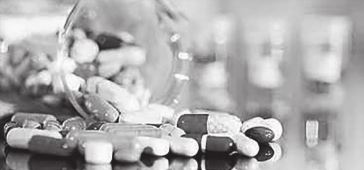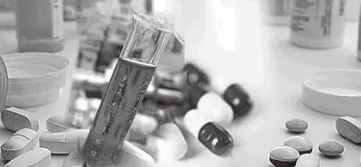Dinesh Gupta, Director, Bry-Air | Pharma-Ingredients South Asia
The pandemic has given major industries a reality check in more ways than one. The world’s dependence on China for sourcing Active Pharmaceutical Ingredients for producing some of the major drugs is one of the major realizations of its time. The dependence also led to the disruption in supply chain of APIs and significant shortages in the supply of essential drugs around the Globe and in India. The Indian government and pharma industry was quick to act, absorb and take appropriate steps for addressing the crisis at hand. It was not completely taken aback by the sourcing issue of APIs from China and the Indian pharma industry noted that it will soon bounce back. They just needed to get the focus back on APIs too. For this, the government has announced subsidies/incentives for setting up API plants all across India and see how we may bridge the gap quickly and start reproducing APIs in India.
Setting up plants in a location such as Vizag and nearby areas which already are an important destination for manufacturers can present its own set of challenges in terms of proper production of the quality drugs. With humidity levels as high as 90% in Vizag and in fact across various locations in India where humidity levels range between 40-90% at any given time of the year it can be a real task to process the ingredients and produce quality drugs.
Humidity may not seem like an obvious cause of problems, or something that could even result in production being non-compliant, but this can and does occur. Majority of the pharmaceutical products are highly hygroscopic and tend to suffer physical, enzymatic, microbiological and biochemical deterioration after coming in contact with moisture.

Even the simplest form of pharmaceutical manufacturing process can involve a range of steps before the finished product is packaged and finally reaches the consumer.
Many phenomena are influenced by the relative humidity level, and they can cause production processes to be less efficient, less predictable, and more prone to producing products that don’t meet specification. The ingredients that form a pain killer and any other raw material can absorb more moisture than required during the processing stage. Very common is powder milling where water vapour makes material resilient and difficult to grind. The material clings to the grinding machine defying pneumatic conveyance from one process to another. To form the tablet with compression also requires the material to be in dry state. However, presence of moisture can cause lumping and caking, and lessens the medicinal value causing the failure of the tableting process.
The sugar solution that is needed to coat the tablets dry faster in presence of moisture resulting in rough, translucent and uneven coating.
The moisture menace is not limited to the processing stage, it extends to the packaging as well. Nutraceuticals (essentially dietary supplements, medical and functional foods) are hygroscopic and require humidity control. Moist environment can yield inconsistent product and reduce production rate of nutraceuticals. For example, Spirulina tablet is an example of nutraceuticals, which is processed from its organic form (blue-green algae) into tablets under strict conditions of moisture control to maintain the desired quality. Similarly, high humidity levels in the packaging area can lead to moisture absorption in the tablets and capsules, hence reducing the expected shelf life and potency.
But the menace can still be saved. By the application of the simplest and the most cost-effective solution – Desiccant Dehumidification. To Dehumidify or Dehumidification – literally means “pulling out or removing” the moisture/ humidity from the air.

Desiccant in combination with air-conditioning provides the required humidity and temperature parameters for various areas of Pharmaceutical Industry. With increasing demand of desiccant dehumidification solutions across the globe and one of the leading global solution providers for dehumidification solutions being present in India, the role of moisture control solutions has grown in terms of array of solutions and technology too.




